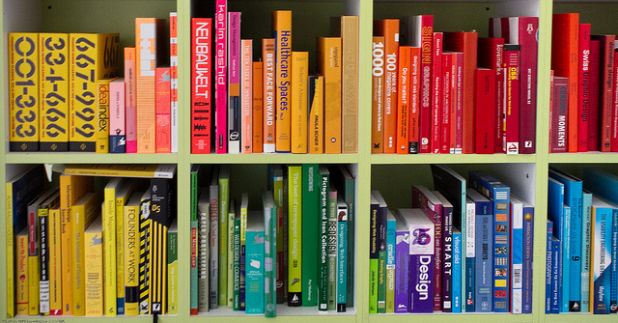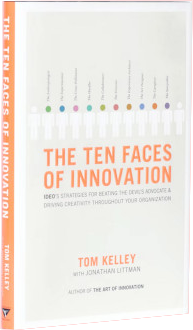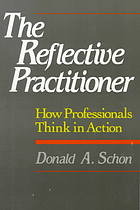This is a reflection, and attempted blog post, on my early experience of COMM388: Design Methods for Business Innovation – also known as d.studio. I’ll talk a bit about some of the articles we’ve been reading, and how I seem to have applied design thinking before taking this course.
Why bad ideas are a good idea
Why bad ideas are a good idea (PDF)
This article about bad ideas had me thinking a lot about my current term. I’m also taking a creative writing course and we’ve been talking about expecting first drafts to be horrible. There was some mention of it being the “downdraft” where the only point is to get it down on paper. Then comes the “updraft” that will get cleaned up.
It’s been interesting so far to compare the ideas between these two courses, especially as I come to a transition period in completing my computer science program.
Dix, et al. (2006) Why bad ideas are a good idea.
The Ten Faces of Innovation
Ten Faces of Innovation (Website)
Having a diverse background, I could see where I’ve played most of the roles described in Kelley’s “Ten Faces” article at different times.
An interesting parallel though is that I’ve returned to school a few times to learn and explore new directions between different careers that have consistently moved towards solving problems or building solutions. It fits then that I found the “Learning Personas” and the “Building Personas” to both fit my primary ways of doing things, with different roles being more dominant depending on the situation.
Kelley, Tom (2005). The Ten Faces of Innovation: Ideo’s Strategies for Beating the Devil’s Advocate & Driving Creativity throughout Your Organization. Introduction: pp1-15. Doubleday.
Question Everything
Question Everything (PDF)
The ideas in this article were quite interesting from a larger personal perspective. I’ve applied for grad school, and I’m part of a lab’s reading group. I pulled a quote from the article for my notes about comparing design with research. My interest in CS is essentially about finding or creating solutions (primarily to make the world a better place given my NPO/NGO background). This article showed how the required grad-level research could really be a valuable part of the overall design process of me creating solutions.
Despite not being accepted, yet, I’m currently pondering potential research topics. Areas of interest was our first discussion when the reading group started again this week. I brought up this idea of a connection between research and design.
Fulton-Suri, J. (2007) Question Everything excerpt from “Thoughtless Acts: Observations on Intuitive Design”.
The Reflective Practitioner
The Reflective Practitioner (Article)
I was pretty tired while reading this article and had only random thoughts about it. I wondered about “problem setting” being connected with the later description of what seemed like designers looking ahead a few steps rather than just making decisions with the current information.
More experience means anticipating various results and so can be used in forming the problems to be solved. I think I take advantage of this by having a diverse background. The article also touched on the idea of professionals sharing language in a way that outsiders wouldn’t necessarily understand. I pictured an odd though simple example. My family had a glass business for years. We became very good at unconsciously coordinating movements when carrying large sheets of glass in awkward places. For years, I found it easier to carry large or awkward things with my mother or uncle than any random “strong” guy.
Butwert, P. (2012) The Reflective Practitioner – Book report.
Application of Design Thinking
Other than the readings, I found the overall description of design thinking in the week 2 class to be a close description of the stages I’ve experienced in many projects, with the clearest example being a co-op job I had for 8 months last year. This seems a pretty good indicator that I might naturally use a similar process. The project was to explore the creation of a meta-data system to help researchers discover applicable Covid research by others. Medical research was an entirely new area for me so required much exploration. (I know now the initial confusion is part of the process.) Figuring out the real needs required talking to researchers and stakeholders. Exploring existing systems was necessary to understand options and what was available. Eventually, with much input from others, I came up with a design. There was enough interest that the co-op was extended so that I could build it. The final system automated as much of the data entry process as I could manage by pulling data from other sources and was apparently far beyond what was expected to be accomplished within the scope of the project. With the concept proven, the Faculty of Medicine took it over for further development.
Putting together this reflection as a blog post turned out to be much more difficult than I anticipated. My original site design was not suitable, and had no blog component, so finding a new theme and layout was required, which also needed a new colour palette. The entire content editing methodology had changed since I last created much site content, so some learning and experimenting were necessary. Then of course I had to modify the text to suit the new medium. The entire idea was to try something creative. I’ll mark that as accomplished.



